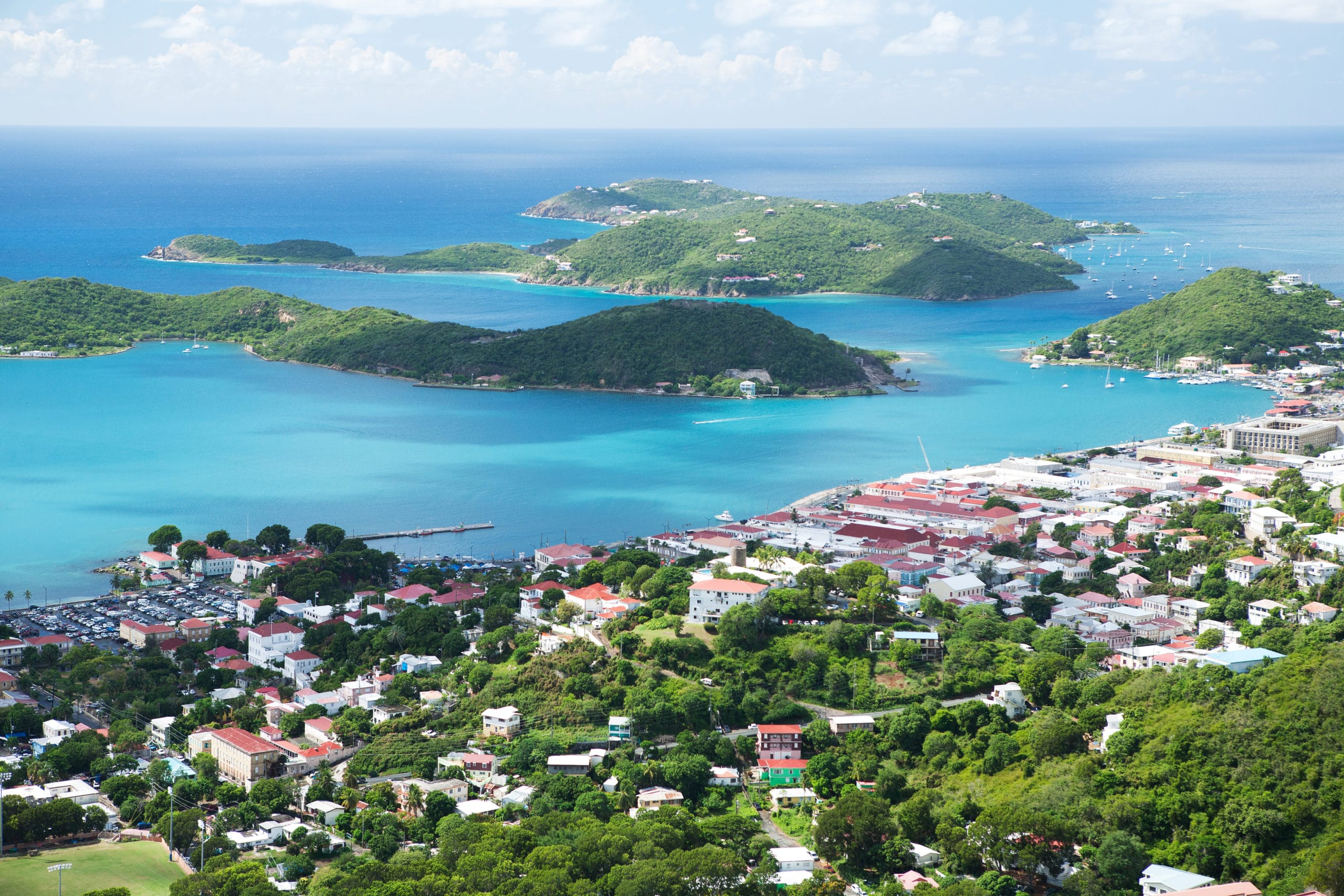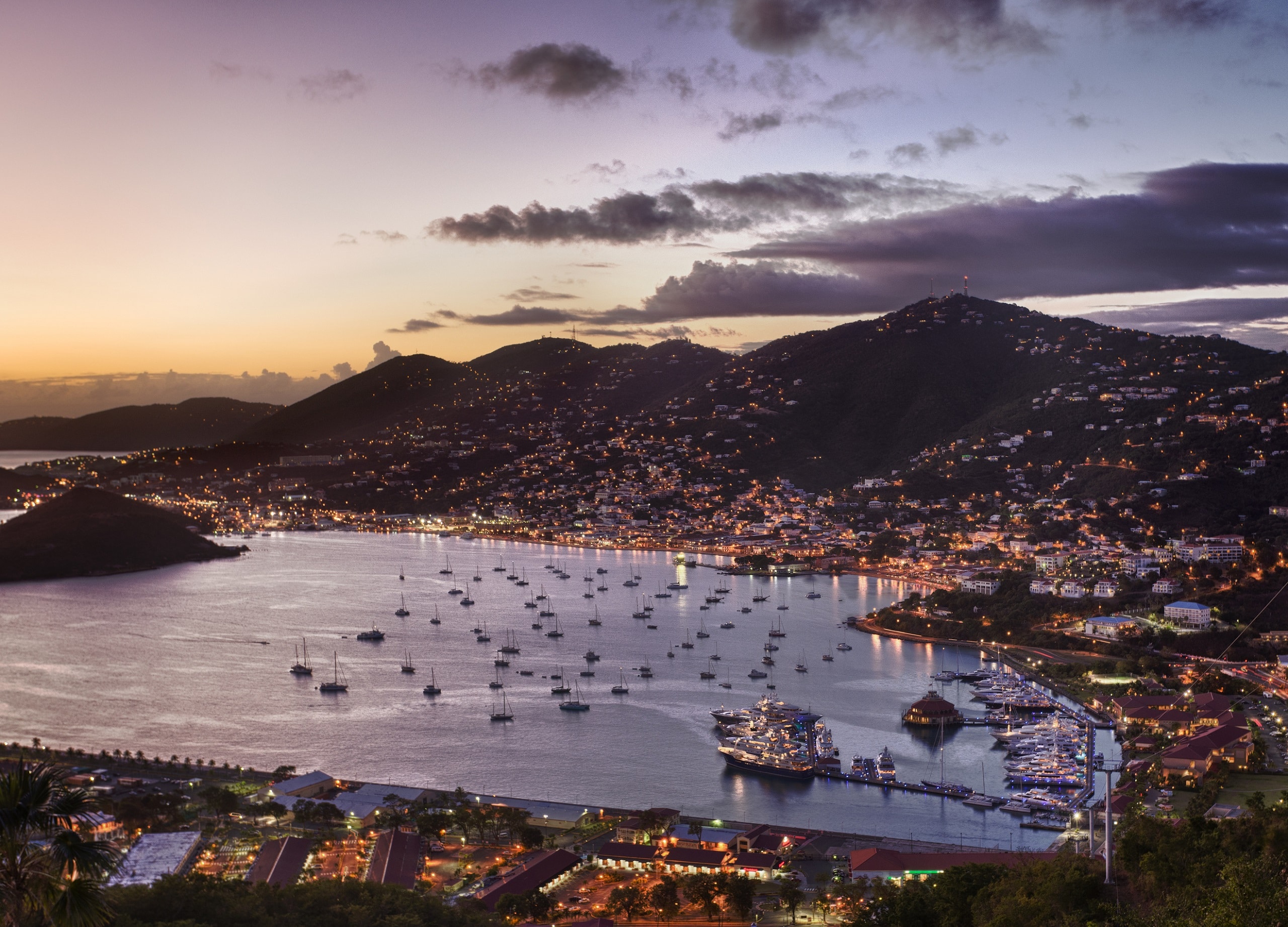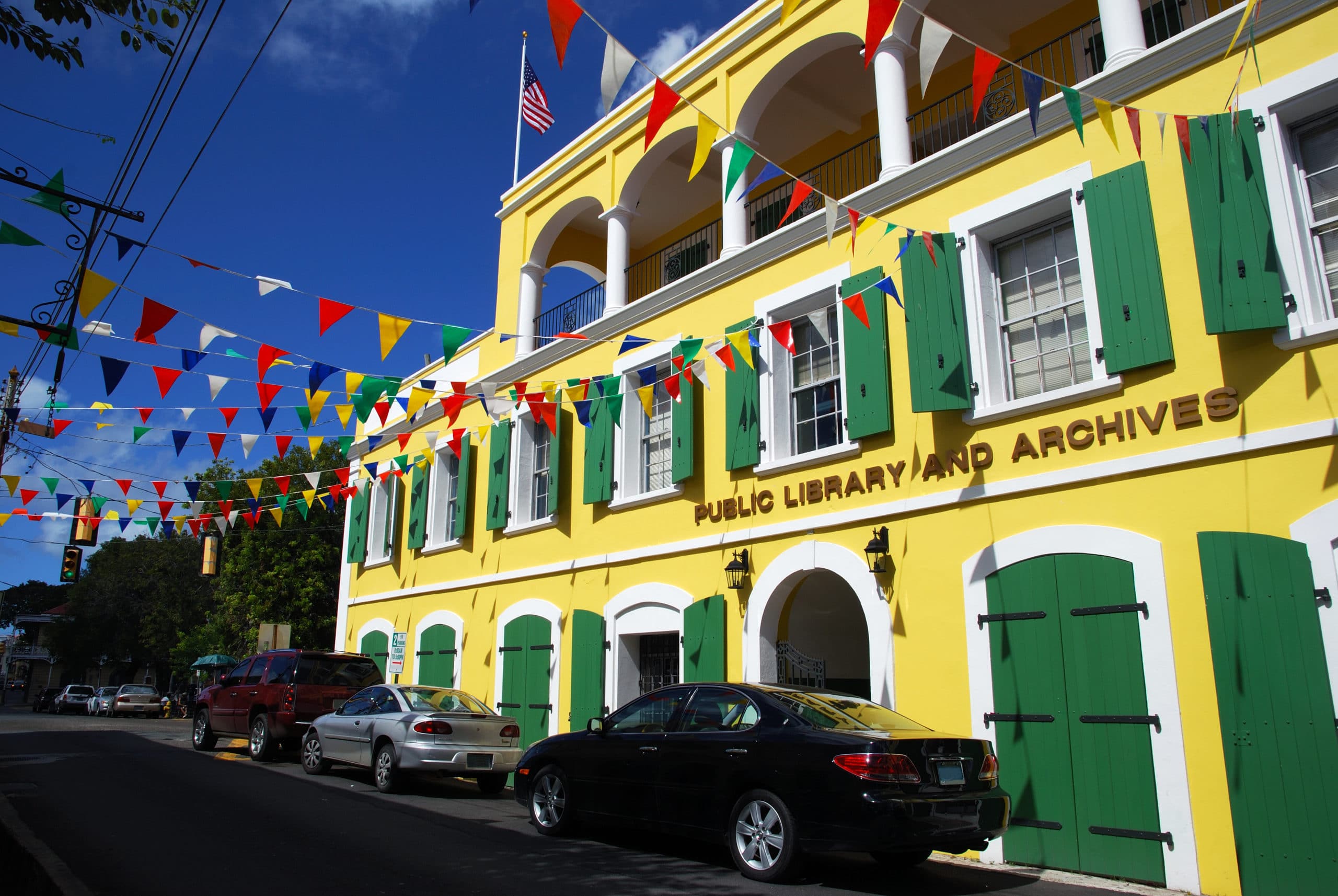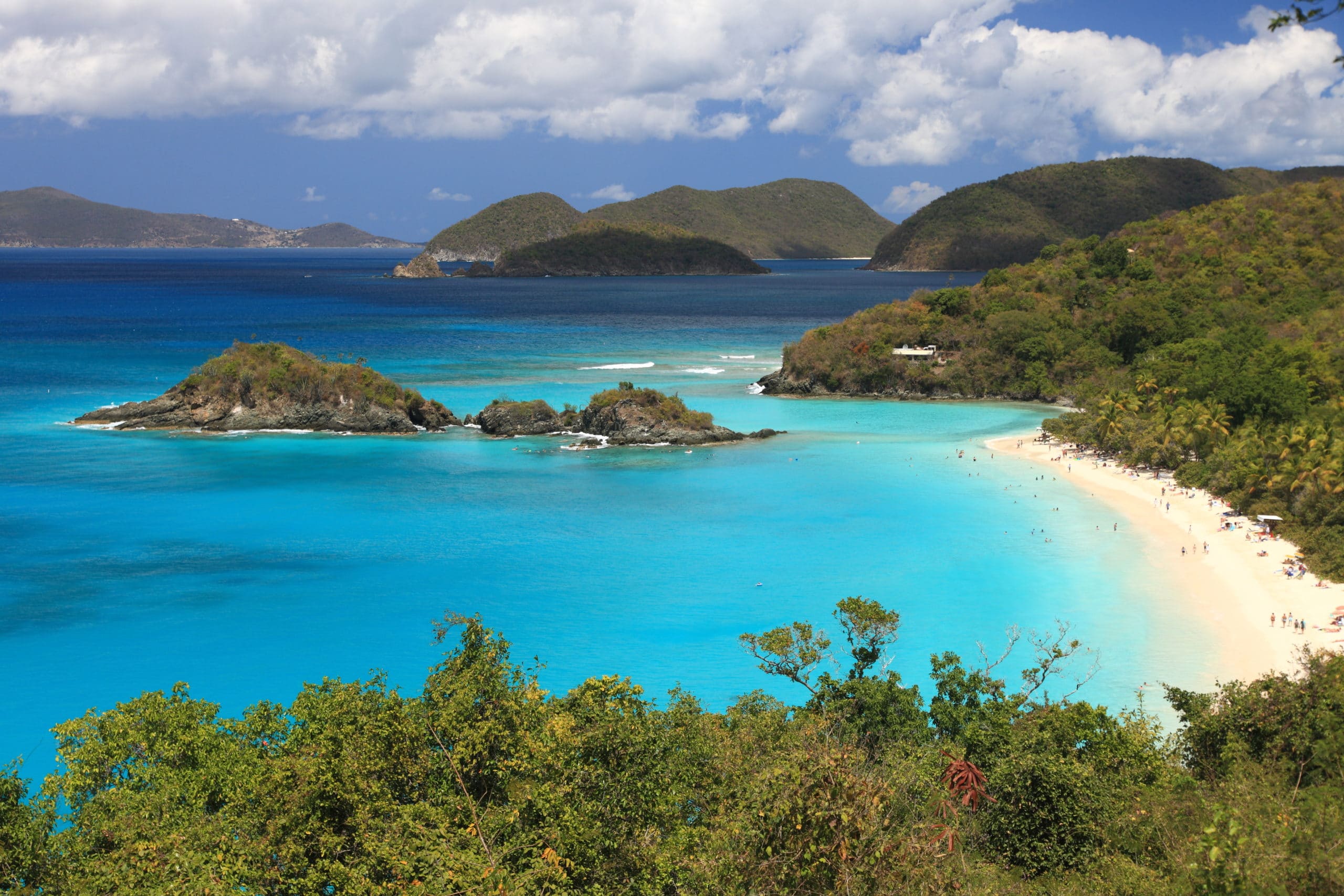Virgin Islands (US)
Tourism is the primary economic driver while manufacturing and agricultural sectors provide substantial contributions to the economy. Tourism accounts for more than half of the territory’s gross domestic product and employment.
Basic Information About Virgin Islands (US):
Population: The population of the United States Virgin Islands is 106,470 as of Friday, December 9, 2016, based on the latest United Nations estimates.
GDP: $ 1.095 billion (2008)
Climate: The United States Virgin Islands enjoy a tropical climate, with little seasonal change throughout the year. Rainfall is concentrated in the high sun period (May through October), while in the winter the northeast trade winds prevail. Summer and winter high temperatures differ by 5 °F or less on average.
People: 76.0% Afro-Caribbean/Black, 15.6% White, 4.9% Other, 2.1% Multiracial and 1.4% Asian. People from the Virgin Islands are called Virgin Islanders and based on the island of residence are called St. Thomian, St. Johnian, Crucian and Water Islanders respectively. The first people known to have inhabited what is today the Virgin Islands were the Carib, Arawak and Ciboney Indians.
Religion: As in most Caribbean countries, Christianity is the dominant religion in the U.S. Virgin Islands. Protestantism is most prevalent, reflecting the territory’s Danish colonial heritage.
Capital: Charlotte Amalie, the capital of the US Virgin Islands.
Language: The official and most widely spoken language in the Virgin Islands is English. The literacy rate in the Virgin Islands is around 90-95%. It is common to hear French Creole and Spanish spoken, particularly on St. Thomas and St. Croix.
Currency: The official currency is the US Dollar (USD).
Time Zone: UTC-04:00
Country Phone Code: 340
Electricity: 120 V 60 Hz; Plug Styles: Two-flat-pin plugs





